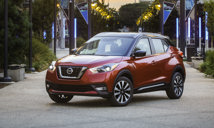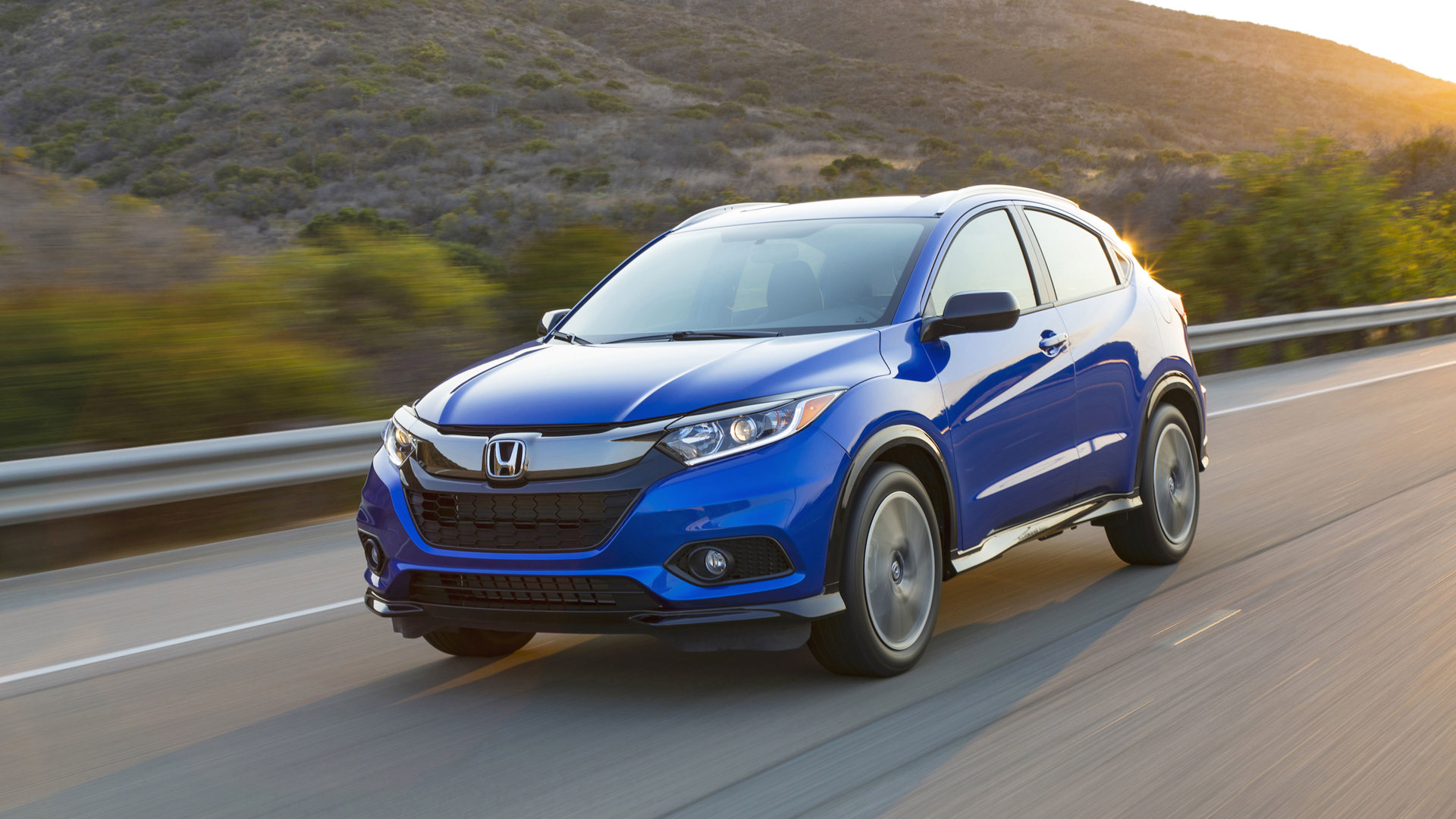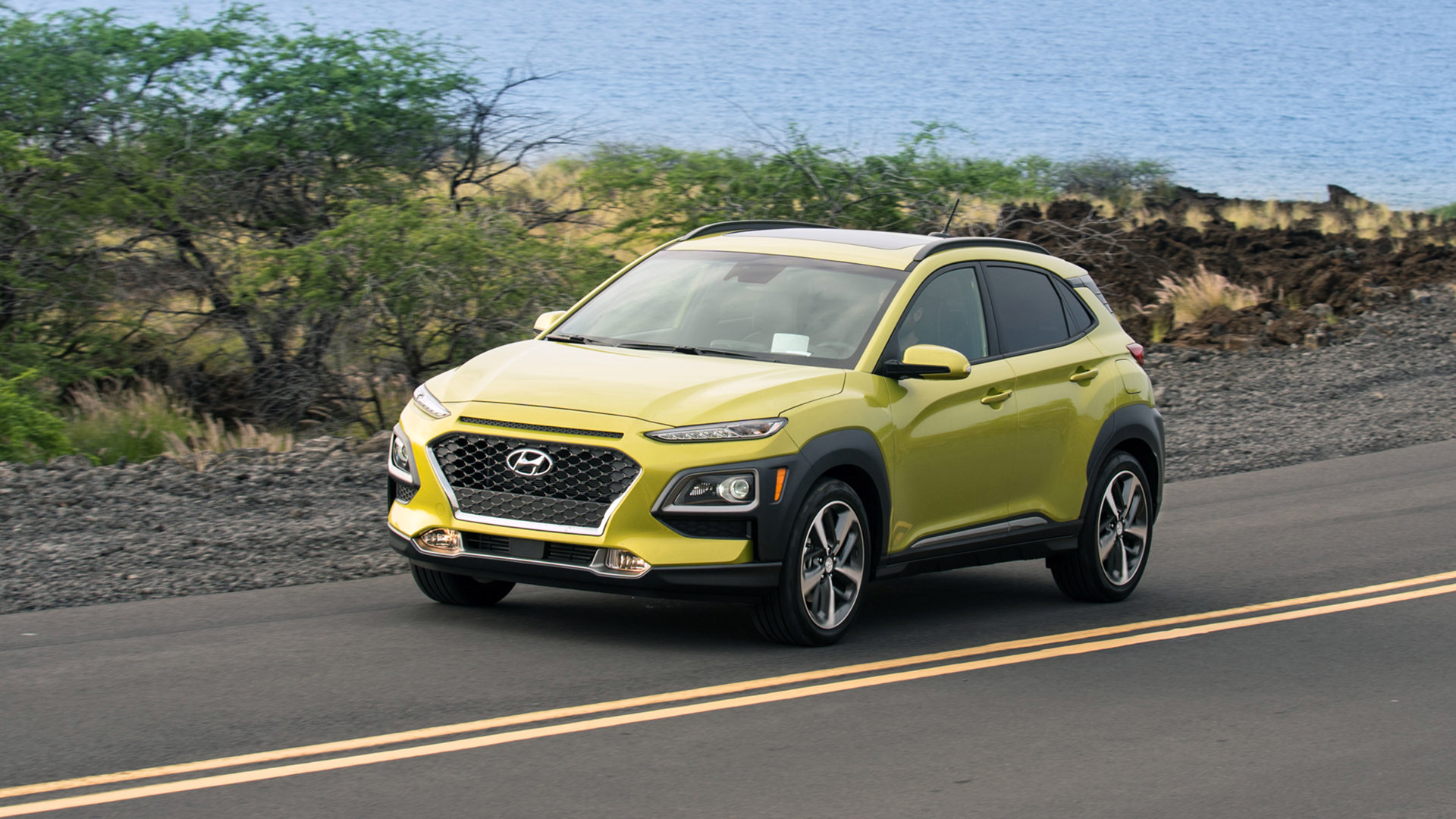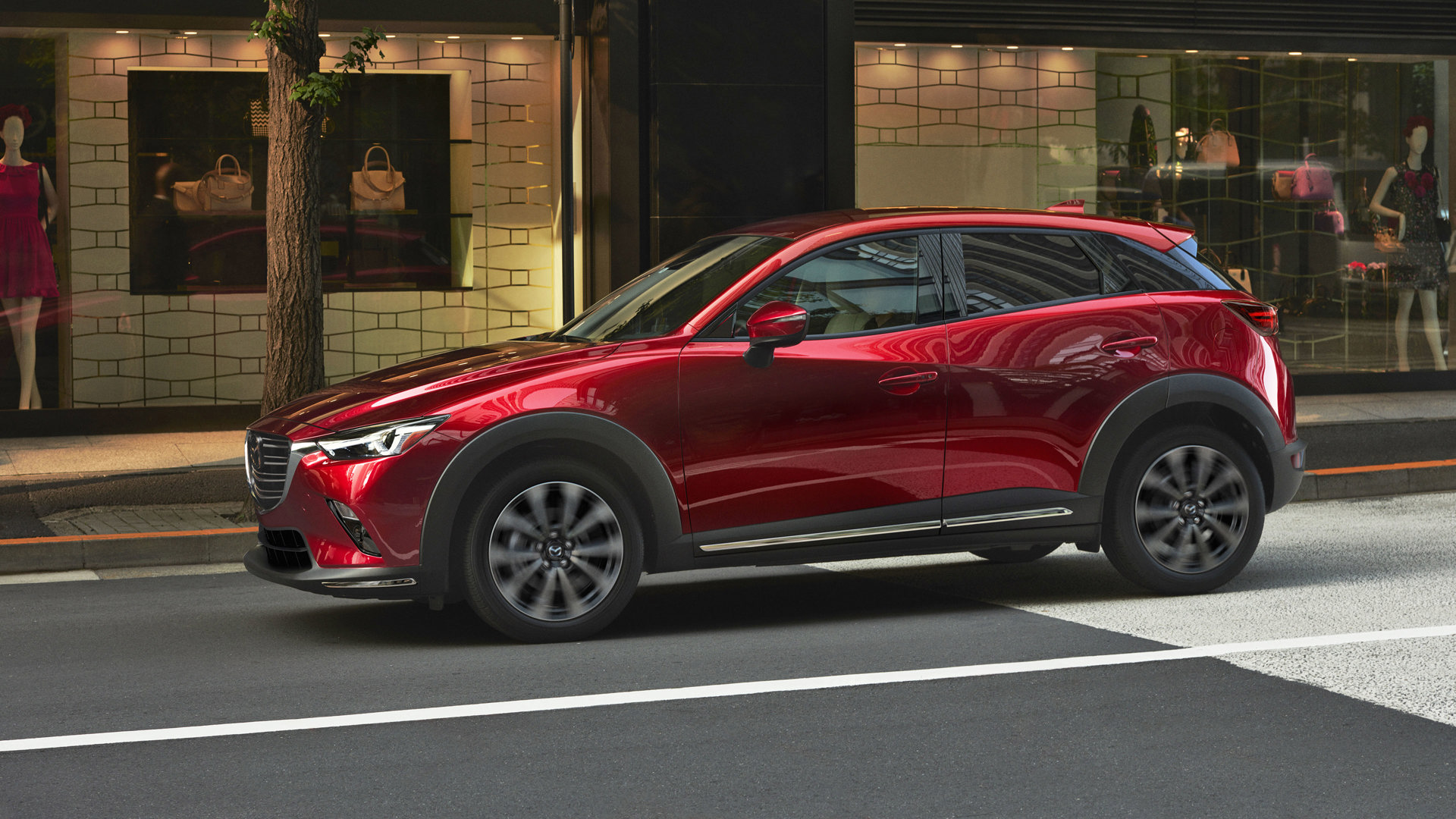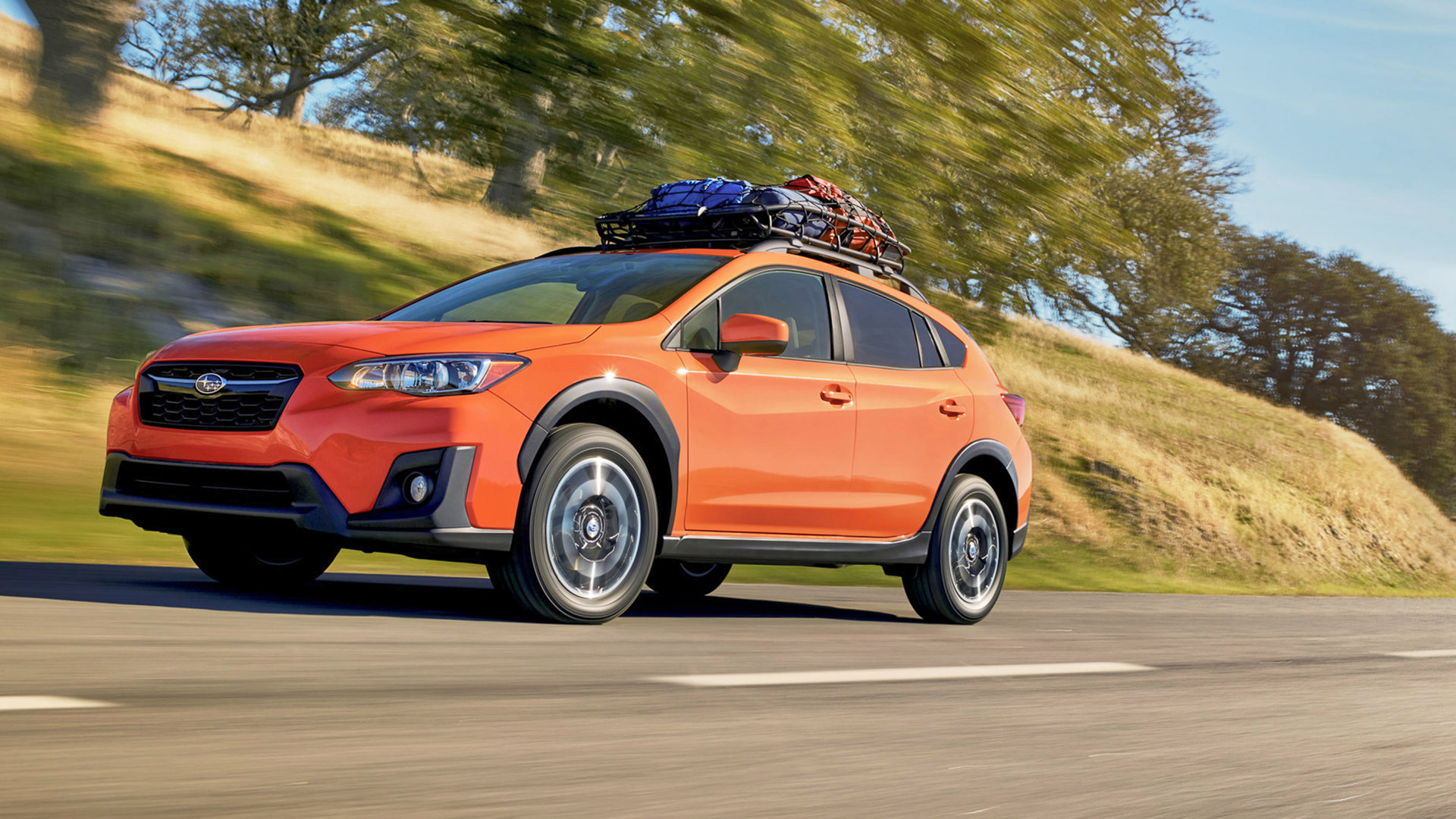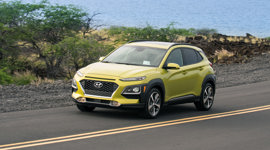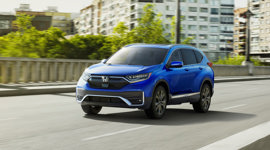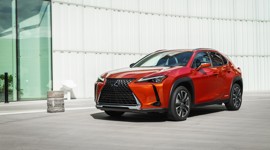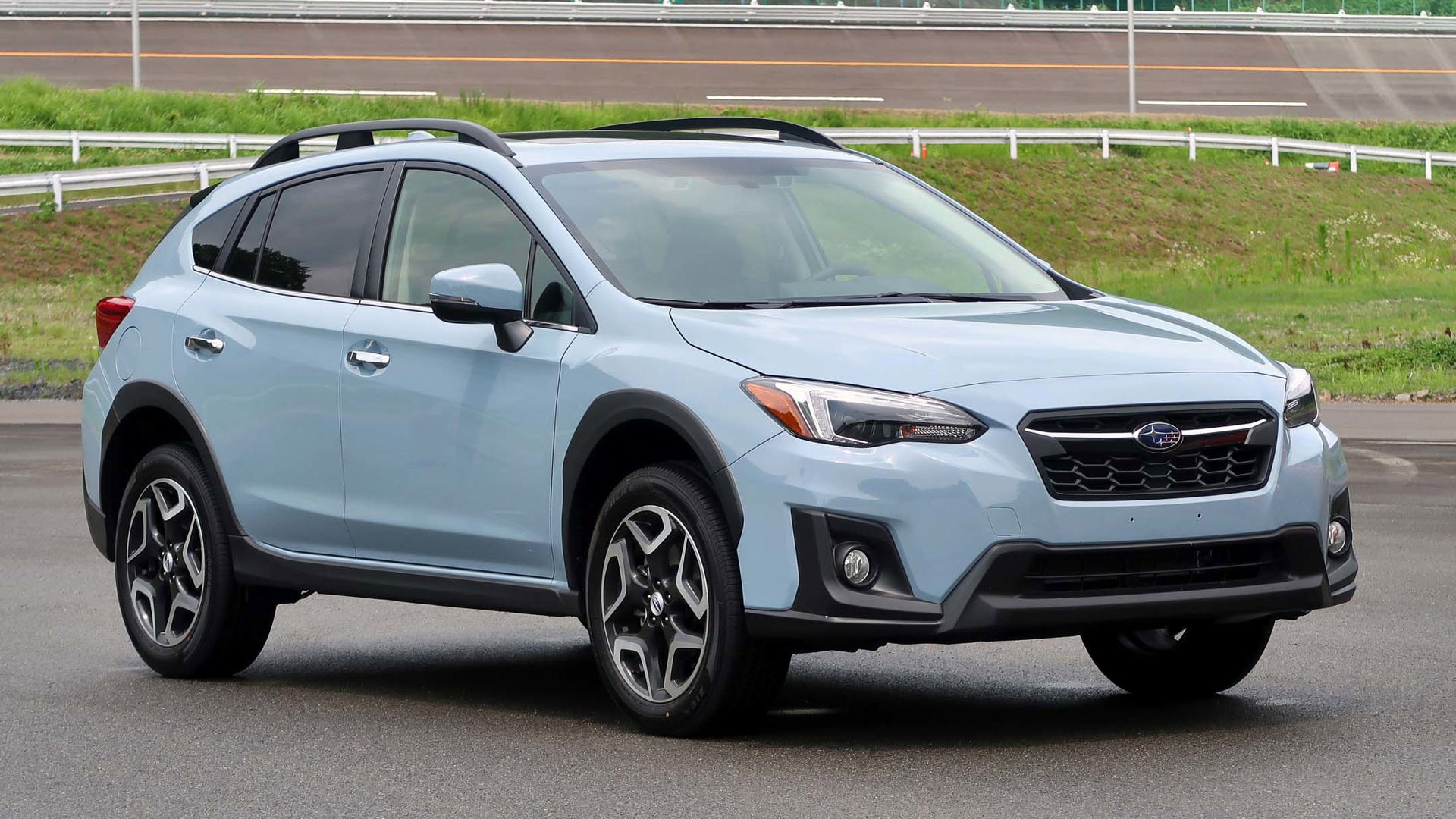Subcompact crossovers are the best bet for shoppers looking to maximize practicality, versatility and fuel economy without spending a lot of money. Many of these vehicles offer increased ground clearance over sedans or hatchbacks and can be configured with all-wheel drive to help in inclement weather. However, to stay affordable, these cars have modest powerplants. A little less powerful, but extremely fuel efficient, these small vehicles would fit very well with buyers who live in cities, those with small families or a dog, or even empty nesters. This segment has become a very important one to Canadian consumers and the past two years has seen many new models join the competition.
Below are the five finalists for our 2020 autoTRADER.ca Awards. These vehicles were voted on by our jury of more than 20 automotive experts to advance to the final round of evaluations. These experts considered 12 important factors when voting on this shortlist, including innovation, technology, performance and design. For the subcompact SUV segment, the jurors would have focussed on three key items: value, user-friendliness and efficiency. Our pros considered every subcompact SUV available to buy on the Canadian market with these criteria in mind and voted on the best ones to arrive at this shortlist. However, there can only be one winner. The winners will be announced on January 20, 2020.
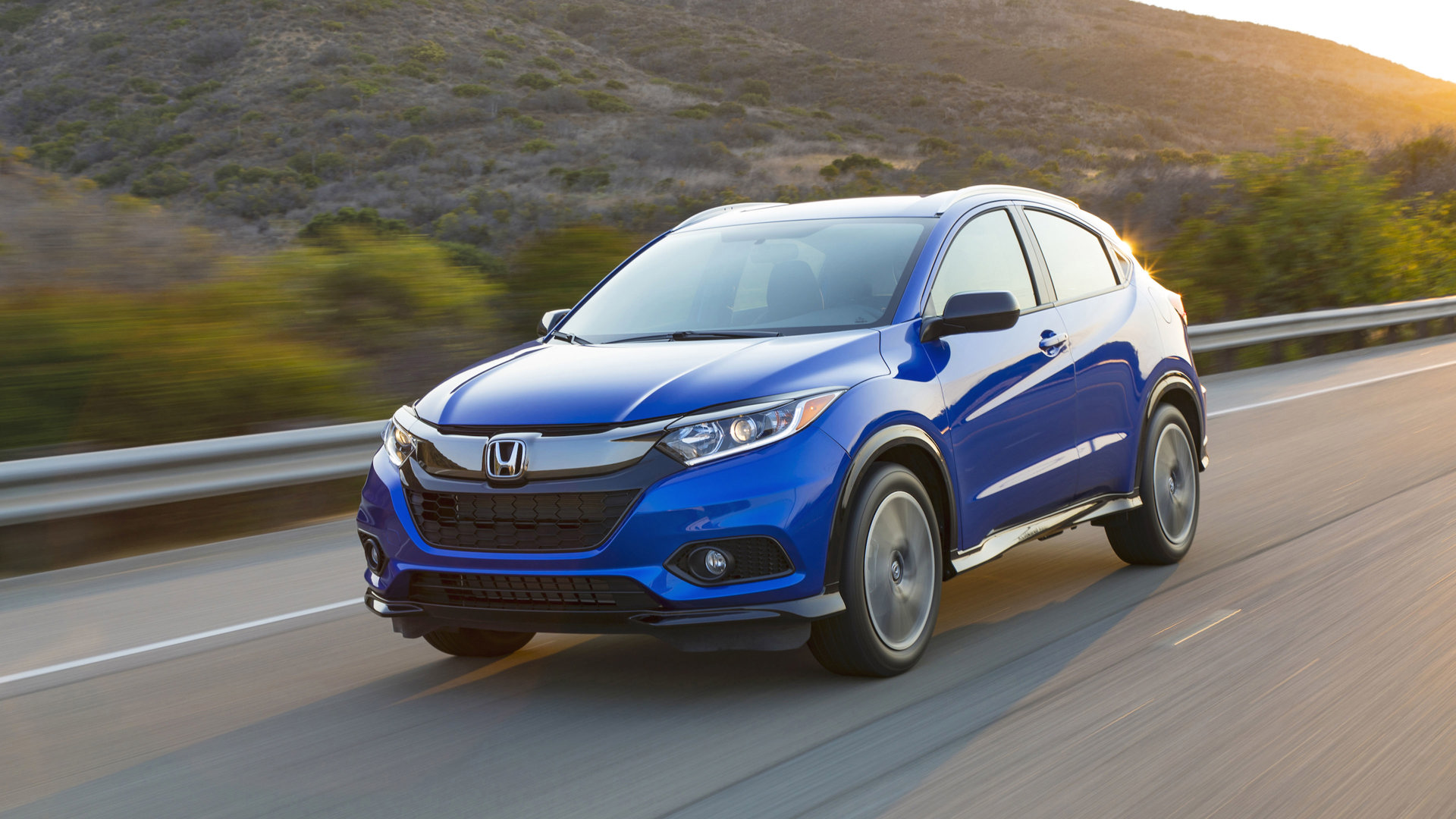
Honda HR-V
A popular car in this class, the Honda HR-V is an exceptionally practical vehicle with a lot of space and excellent fuel economy. With its $23,300 starting price and its maximum cargo volume of 688 litres behind the rear seats and 1,665L with them down, the HR-V is an affordable small car with a huge cargo capacity that can make larger cars feel small. One clever feature is the standard Magic Seats – the rear seat cushions flip up to allow room to fit taller items, making it very versatile.
The HR-V is available with either front-wheel or all-wheel drive and pairs a 1.8-litre engine with a CVT to maximize fuel economy. All-wheel-drive versions of the car are rated to use as little as 8.2 litres per 100 km in combined driving situations. One note though is that while the HR-V is practical and fuel efficient, it can be a bit boring to drive. The 1.8-litre engine makes 141 horsepower and can feel held back by the CVT, so it can feel slow and unresponsive at times. Then again, these vehicles aren’t meant to be hot rods, but affordable rides with space and capability. The HR-V has more than the basics covered thanks to impressive safety and driver assistance technology that’s available in even the lowest LX trim, like adaptive cruise control, lane-keeping assistance, and automatic high beam assistance. It’s no wonder the HR-V is one of the finalists in this segment.
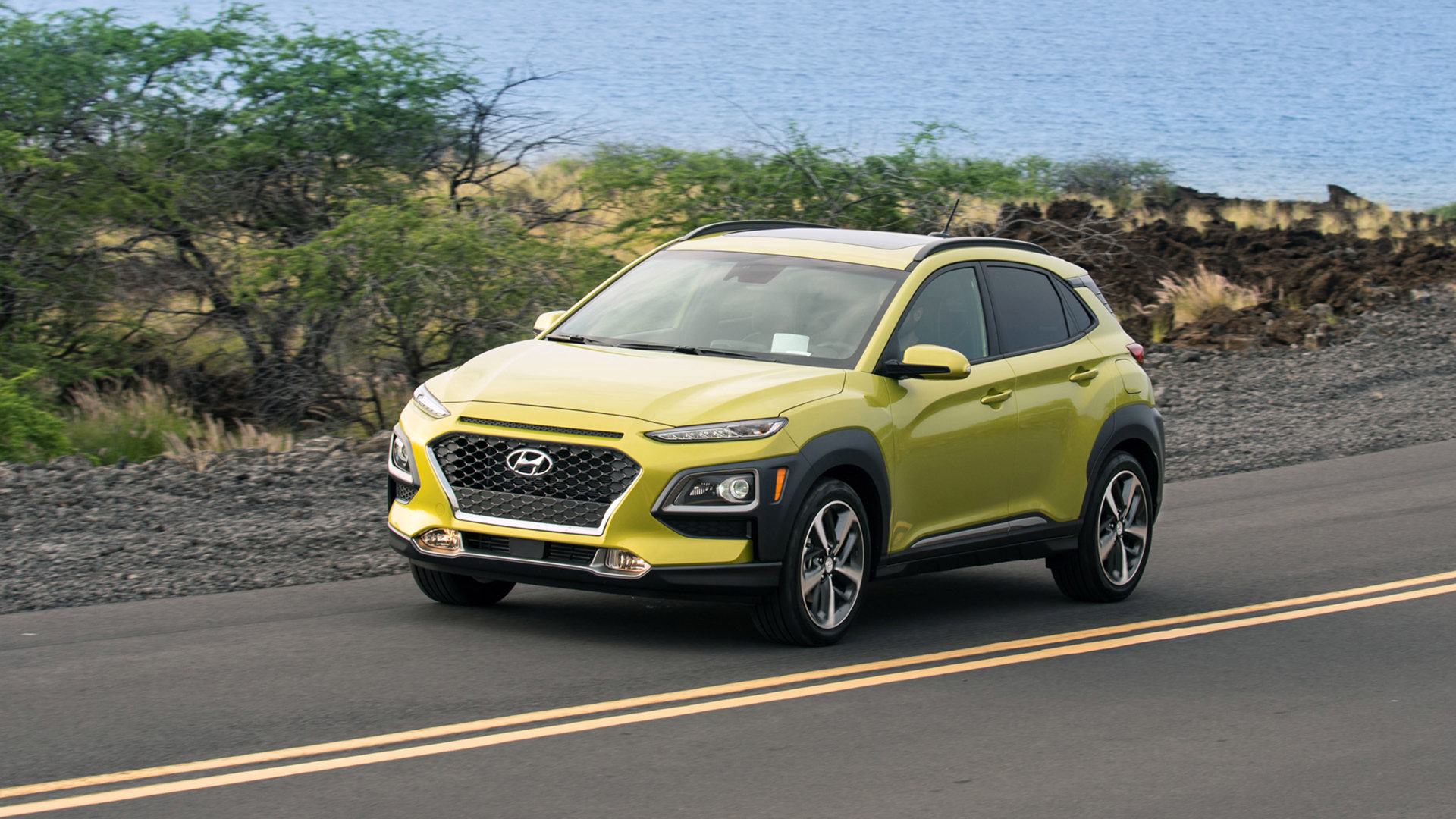
Hyundai Kona
The Hyundai Kona starts at just $21,199 and is a little less spacious than the Crosstrek, with 544 litres of space behind the rear seats and 1,296L with them folded. The Kona is unique in this segment because it offers a choice of engines and drivetrains, where many only have one powertrain configuration. Buyers can get a 147-horsepower 2.0-litre four-cylinder engine or a 175-horsepower 1.6-litre turbocharged four-cylinder engine. The 2.0-litre models can be equipped with front-wheel-drive or all-wheel-drive, while the turbocharged engines come standard with all-wheel drive. All Hyundai Konas feature automatic transmissions, with six-speed units in 2.0-litre units, while the 1.6-turbo is paired with a seven-speed dual-clutch. The Kona was voted as a finalist in this category thanks to its good looks, attractive and well-built interior, plentiful features, and excellent driving characteristics. The Kona offers lane-keeping assistance, adaptive cruise control, high-beam assist and even a driver attention warning system. Naturally, the Kona has a high-tech cabin with USB ports, a touchscreen, and support for Android Auto and Apple CarPlay. While other vehicles in this class can feel like they have sacrificed features and style in the name of affordability, the Kona seems to hold nothing back, with plenty of options and configurations to suit your budget and style. The Kona is a very well-rounded subcompact crossover that offers Canadians a lot of value and few compromises.
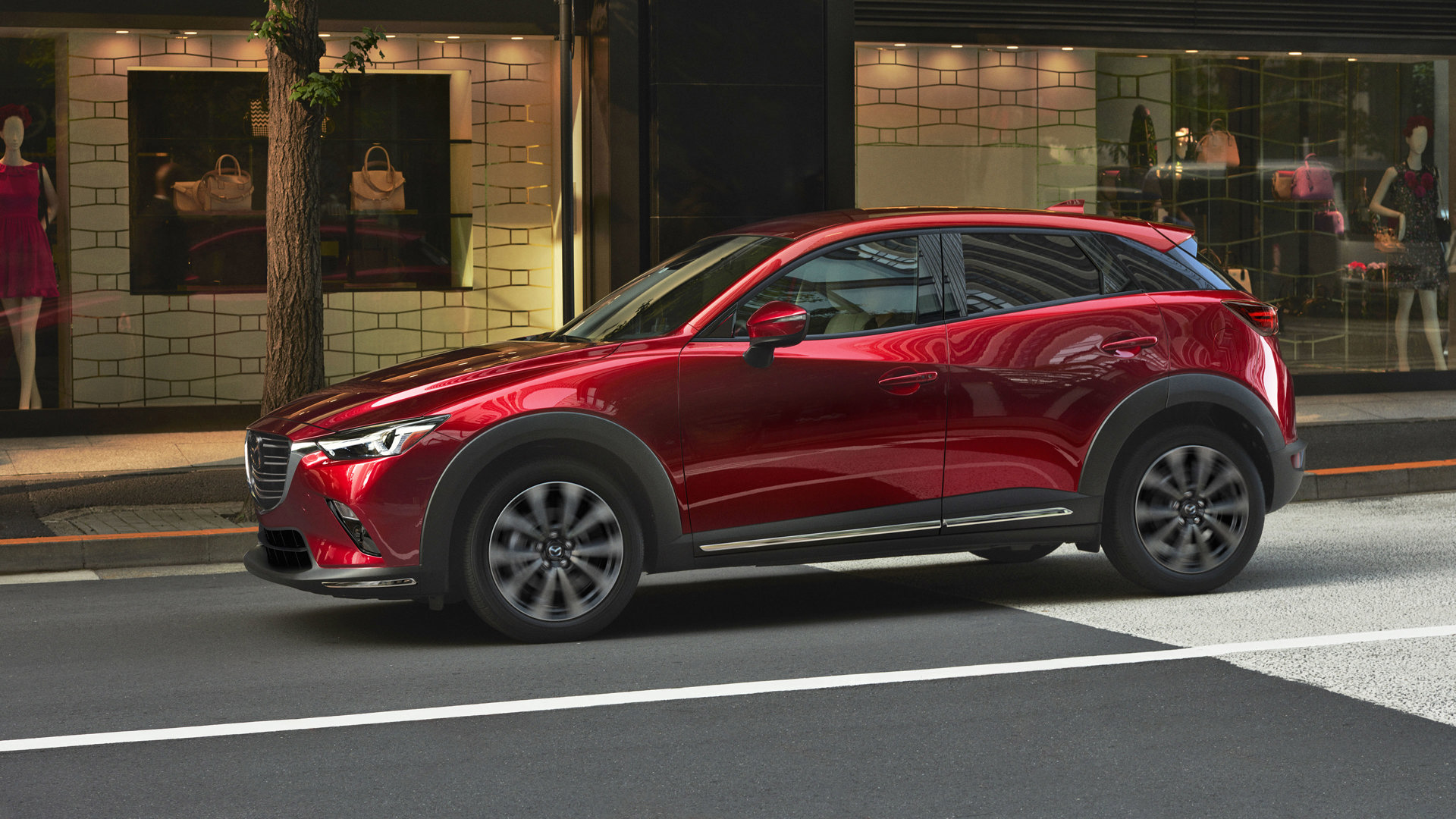
Mazda CX-3
The Mazda CX-3 is a popular choice in this segment because it’s a blast to drive and has a more upscale style, both inside and out. Not only is it attractive, but it has a low starting price of $21,045 and offers all-wheel drive as well. The 2.0-litre engine is fairly responsive, making 148 horsepower and consumes as little as 7.7 litres per 100 km in combined driving. The G-Vectoring Control system helps the CX-3 feel agile and fun on the road, and the small size means it can zip in and out of traffic with ease. The CX-3 falls a little short in terms of space, with a maximum of 452 litres behind the rear seats and 1,528L when they’re folded. The rear seats are noticeably tight too, making the CX-3 feel like a true subcompact rather than a family-oriented car. There are a lot of features in the CX-3, though, and many are standard including blind-spot monitoring and rear cross-traffic alert. Buyers can also get a head-up display, adaptive cruise control, and even traffic sign recognition, leaving this small affordable car feeling more high-end than some of the others in this segment.
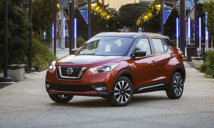
Nissan Kicks
Starting at $18,298 the Nissan Kicks is significantly more affordable than the other finalists. More than just a surprisingly cheap car, the Kicks charmed our experts with its style, features and personality. One glance at the available two-tone roof and you’ll think it is a vehicle with more style than substance, but this Nissan is surprisingly fun to drive. A lightweight ride, the Kicks feels more agile than its competitors, but that comes at a cost, as the Kicks isn’t available with all-wheel drive. Its 1.6-litre engine is good for 122 horsepower and is paired to a CVT, which allows for an incredible fuel consumption rating of 7.2 litres per 100 km. The Kicks feels a bit smaller than its rivals here and isn’t available with the same comprehensive list of safety features, but it can be equipped with a handy surround-view camera, blind-spot monitor, and rear cross-traffic alert system. While the interior is a jumble of cheap hard materials, you’ll still find modern amenities like a touchscreen and colour display in the gauge cluster. Without a doubt, the Kicks is the cheap and cheerful car of this group, and that comes with a whole host of pros and cons.
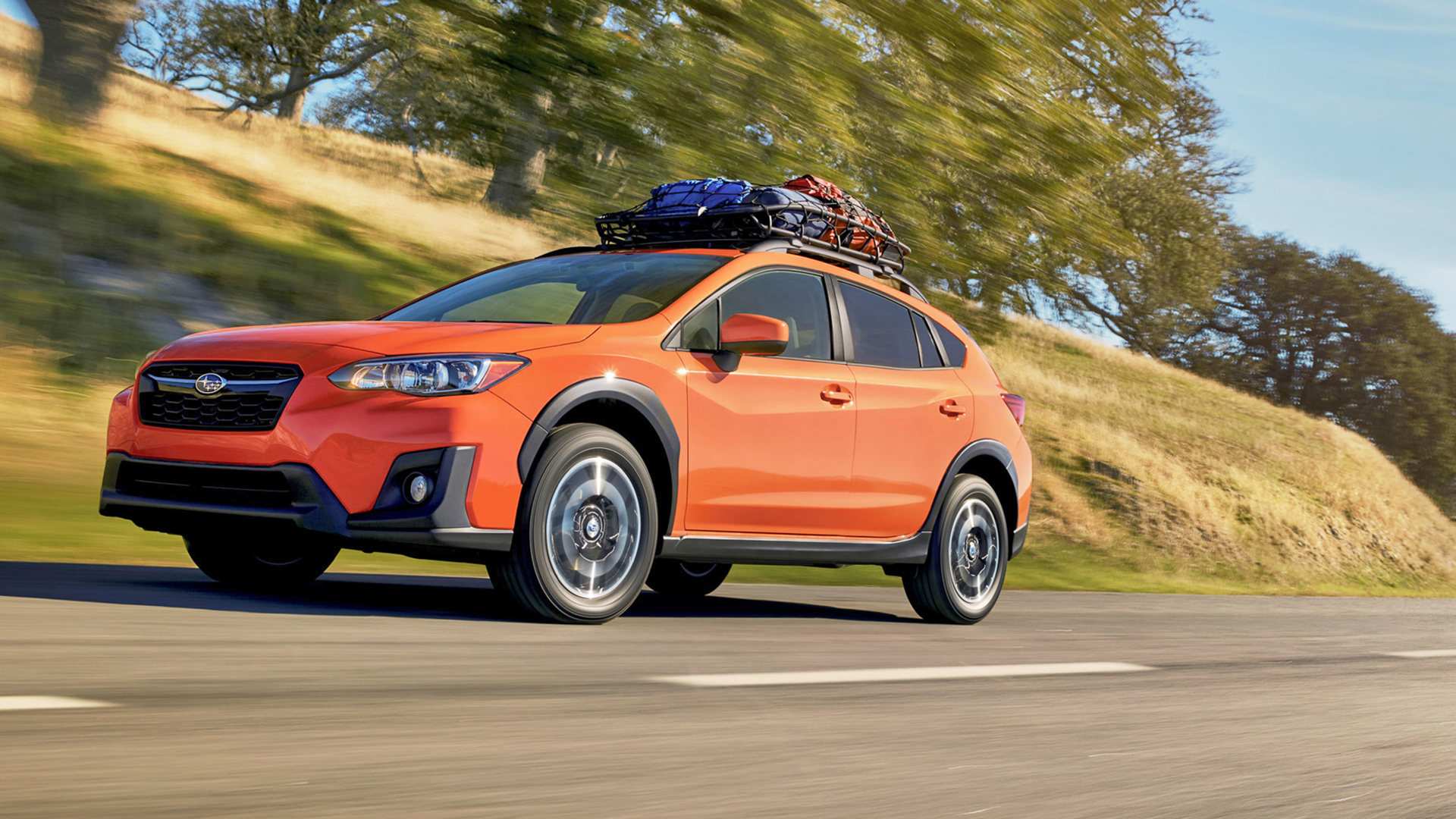
Subaru Crosstrek
The Subaru Crosstrek is the only finalist that features standard all-wheel drive and a ground clearance of 220 mm, an important factor for many Canadians who experience snow, slush or rain in the winter and need the traction to feel safer and more confident. The Crosstrek is also is available with the optional EyeSight safety system that includes features like adaptive cruise control, automatic emergency braking and lane-keeping assistance. That technology extends to the cabin, where the Crosstrek offers features like Android Auto and Apple CarPlay. In the past, the Crosstrek was commended for its fuel economy, with CVT-equipped models earning 7.9 litres per 100 km combined, but newer competition is looking to steal that accolade from the Subaru. If space is what you’re after, it’s hard to beat the Crosstrek, as it offers 588 litres of cargo capacity behind the rear seats, and 1,565L with the seats folded flat. The rear seats are also pretty comfy with plenty of legroom and headroom for the passengers. Where the Crosstrek stumbles is with its driving feel and powertrain, as the 2.0-litre flat-four engine can be sluggish at times and the CVT can also feel strained. All said, the Crosstrek is still a solid and practical choice, starting at $23,695 and topping out at $33,295.
